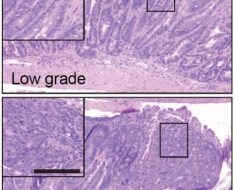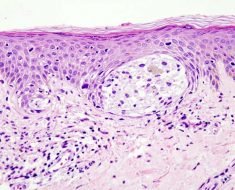The stem cells used in a transplant are collected from the blood or sometimes the bone marrow. The first step in preparation for collection is to move the stem cells into the blood from the bone marrow using a process called mobilization.
The mobilization of stem cells is achieved through injections of growth factor for between 5 and 10 days. Chemotherapy may also be administered. This encourages the bone marrow to make plenty of stem cells, which then move into the bloodstream. The blood is regularly monitored until there are enough stem cells present for the them to be collected or harvested.
Stem cell sources and collection
In adults, the different stem cells may be harvested in the following ways:
Blood
For an autologous stem cell transplant, the cells are obtained from the patient’s own blood. For an allogenic transplant, the stem cells are obtained from a tissue-matched donor who may be related or unrelated. Blood is collected via a catheter and passed through a special machine that separates the stem cells from the rest of the blood. The remaining blood is then re-injected into the donor.
Bone marrow
Occasionally, the stem cells are collected from the bone marrow rather than the blood. This is performed under a general anesthetic and the bone marrow is usually taken from bones in the pelvis. For an autologous stem cell transplant, the cells are obtained from the patient’s own bone marrow and for an allogenic transplant, this bone marrow is obtained from a tissue-matched donor.
A long needle is inserted into the bone and marrow is drawn into the syringe until about 1 litre has been collected. Removing this amount of bone marrow leaves plenty of behind to meet the patient’s needs and the body quickly replaces the amount taken.
Cord blood stem cells
Stem cell transplants can also be performed using stem cells collected from the umbilical cords that are cut after a woman gives birth. A physician collects blood form the cord and the placenta after a baby is born and this is stored in cord blood banks. Tissue matching is then performed and the stem cells are then ready to donate to a suitable patient.
Sources
- www.nhs.uk/Conditions/Bone-marrow-transplant/Pages/Introduction.aspx
- http://www.nhsbt.nhs.uk/stemcells/
- http://www.england.nhs.uk/wp-content/uploads/2013/04/b04-p-a.pdf
- www.cancer.org/acs/groups/cid/documents/webcontent/003215-pdf.pdf
- www.lls.org/…/bloodmarrowstemcelltransplantation.pdf
- www.ebmt.org/…/9.%20IMF_u-stemcell_d2_web.pdf
- www.cdc.gov/…/508-dba-stem-cell-transplant-fact-sheet.pdf
- www.macmillan.org.uk/…/Collectingstemcells.aspx
- www.cancerresearchuk.org/…/stem-cell-transplants
Further Reading
- All Stem Cells Content
- Stem Cell Sources, Types, and Uses in Research
- What are Stem Cell Transplants?
- Stem Cell Properties
- What are Stromal Cells?
Last Updated: Jun 11, 2019

Written by
Dr. Ananya Mandal
Dr. Ananya Mandal is a doctor by profession, lecturer by vocation and a medical writer by passion. She specialized in Clinical Pharmacology after her bachelor's (MBBS). For her, health communication is not just writing complicated reviews for professionals but making medical knowledge understandable and available to the general public as well.
Source: Read Full Article





